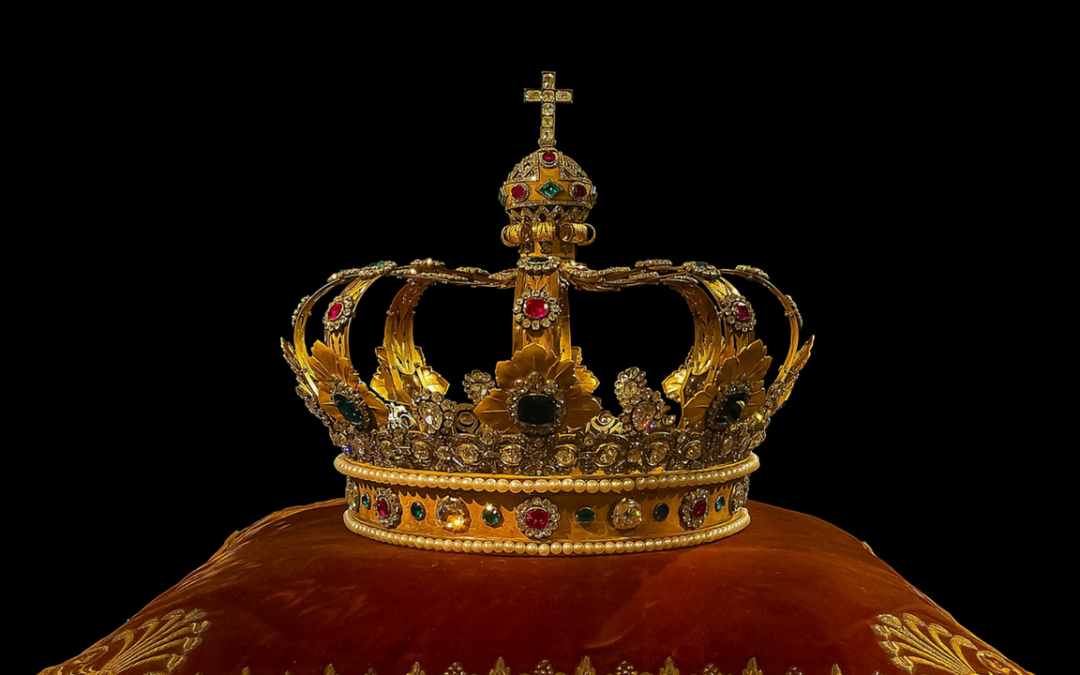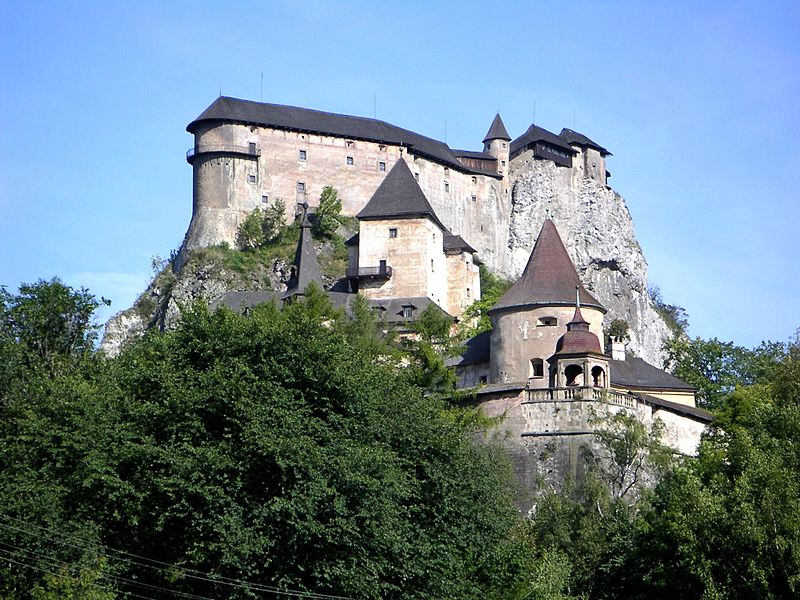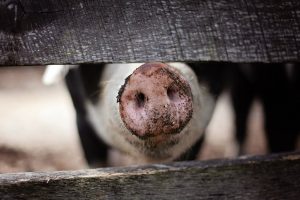The Feudal System was one of the most fascinating, and oppressive systems of government in history. It shaped the medieval era, and therefore greatly influenced the modern world. The Feudal system put one person in charge of an entire country, their only credential being that their parent was the previous leader. And even if their predecessor had been the worst monarch in history, we still believed that this was not just the right person, but the only person fit for the throne. Naturally a system like that often caused chaos, and led to disaster.
What Was The Feudal System?
It was the the system that governed the Medieval Period. You’re most likely familiar with its structure, for instance at the top of the hierarchy was the King, below the monarch were the nobles, and below them were knights. However, it was much more complicated than this. Immediately below the King were the Dukes. These were men who owned land, known as a Duchy within the King’s kingdom. These Dukes had pledged loyalty to the King in return for the land he had given them. They would provide the monarch with resources, and armed forces to help defend the land, or conquer other nations. Within the Dukes land there would be counties, and the person who ruled over these were known as counts. The count worked for the Duke, and provided him with resources.Although sometimes there were counties that were independent of Duchy’s.
These titles were normally hereditary, and passed down from generation to generation. There were also knights. Knights were normally skilled soldiers, who engaged in mounted combat. Over time, however, it became a prestigious title that was given by a monarch or lord in exchange for military service. The lowest position in the Feudal System in Europe was the serf (peasant). Someone without a title who worked for the nobility, and was essentially a slave.
How Tough Knights Really Were

Knights were a pretty indomitable foe in medieval times. Especially since most soldiers would just have been peasants who were recruited only recently, had little training and poor diets. Knights on the other hands, lead healthier lifestyles, trained for years, and carried great equipment. They were also mounted usually which is a huge advantage. Most of all, a knights armour was so sturdy that edged weapons were very ineffective against them, and would normally just bounce right off. A variety of hammers were developed to counter this armor, but if you were armed with a spear like so many peasants were it was hard to defeat one.
Jousting
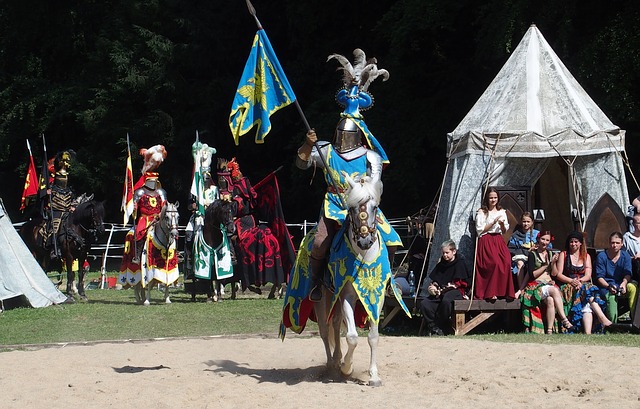
Jousting was an iconic sport during the middle ages. It was a game that often ended in death or serious injury, and was meant to train them for combat. Their lances would be measured beforehand to make sure neither party had an advantage. They would often clash at speeds of 60mph.
Spiral Staircases Went Clockwise
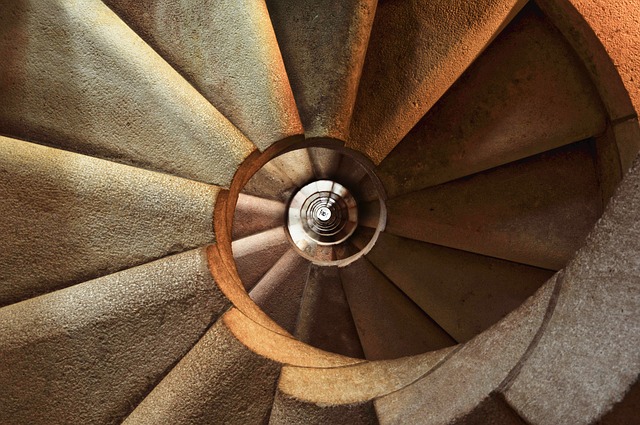
Spiral staircases are iconic of Medieval times, but not many people know that they were always clockwise. This is because knights would usually be right handed.
Japanese Feudal System

The Japanese Feudal System is similar but has some interesting differences to the western way.At the bottom was the merchant. It was considered that merchants, who bought and sold goods were prospering from money that rightfully belonged to the farmers. Because of this, merchants were seen as the lowest of the low. Just above the merchants were peasants. In Japanese society, peasants were respected for doing the important job of providing food for the nation. Next came the ronin. Ronin were originally samurai, but no longer served a lord. One famous ronin was Miyamoto Musashi.
The equivalent of the knight in Japanese society was the samurai. The samurai were soldiers who worked for a lord. They would use a multitude of weapons, the most famous of which being the Katana. They also followed a code of conduct called Bushido. The Daimyo were noblemen who governed land, and normally had samurai under their rule. The Daimyo served under the Shogun. Next in the hierarchy was the Shogun who was the military dictator of Japan. He was in charge of the samurai. Although he technically served the Emperor, in reality the Shogun was the one with the power. The Emperor sat at the top of the hierarchy in the Japanese Feudal System but in reality he was only a figurehead. The one who really held the economic and military power was the Shogun.
Knights Started Training Young
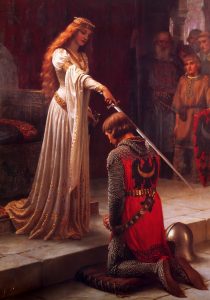
Medieval knights started training at the age of 7. They would become squires at 14, and at 21 they would become fully fledged knights. Piggyback was one method used to training young knights to get them used to balancing while riding a horse.
Divine Right
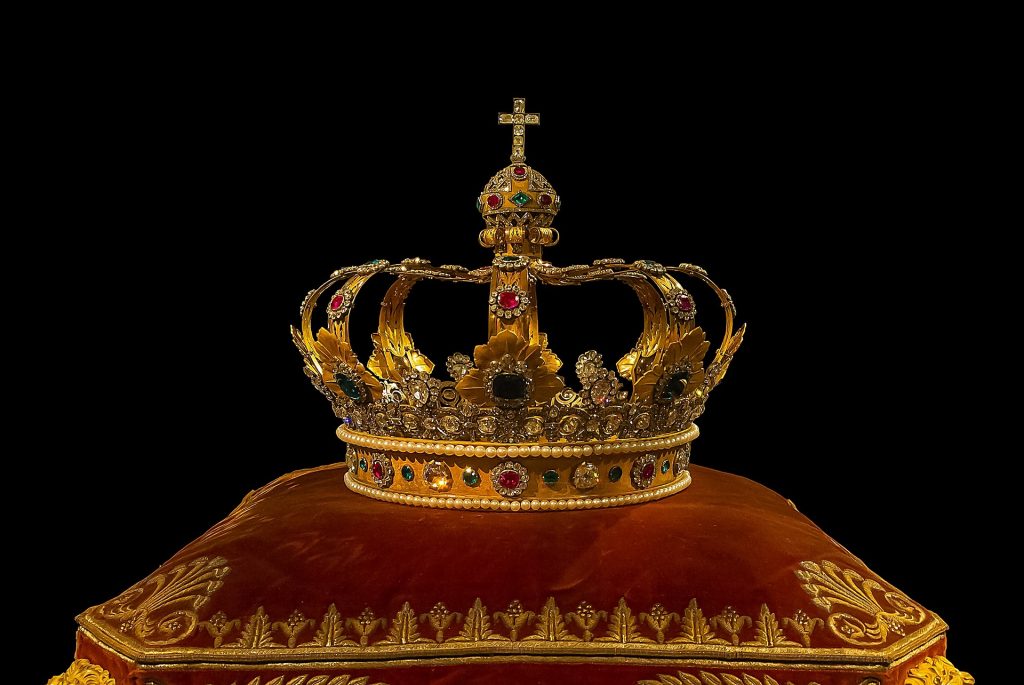
It was believed that kings ruled due to divine right. In other words, God had chosen the current monarch to be the monarch, and so no one could question it. No one could simply suggest that someone else could do a better job, because they would be going against the word of god. This helped inspire loyalty among people who actually believed it.
The Church And The King

There were often power struggles between the church and various monarchs. All parties naturally wanted as much influence as possible. The Pope would use his position as a religious figure to make monarchs believe they should listen to the church, but kings often didn’t like being told what to do. The Pope and royalty were the two greatest powers during the medieval era, so it makes sense that they would often struggle for supremacy.
Farm Animals Were Tiny
Sheep during medieval times were only a third of the size of a modern sheep, and a full grown bull was the size of a calf today. This is because animals during this time were malnourished.
What Ended The Feudal System?

Feudalism took a lot of manpower in order for it to function properly. This was fine when the population was slowly increasing, and even with small decreases in population it could still remain stable. The problem came when a major catastrophic event wiped out more people in Europe than any event in history. But before this, another major event happened. This was the Hundred Years’ War. A war between the House of Plantagenet and the House of Valois over who would rule France, that lasted for a hundred years. It was one of the longest and costliest wars in history.
During this war a large number of peasants were recruited to work as soldiers. This meant training and teaching them many things they never would have known before. This raised the value of peasants. Not long after the Hundred Years’ War, the Black Death engulfed Europe. It wiped out a third of the population. By the 1350’s Europe’s population had gone down considerably, but peasant labour had become quite valuable. Despite this, peasants still lived in abysmal lives under serfdom which was essentially slavery. The peasant’s began to revolt, and serfdom died out in the next century. With serfdom being the foundation of the Feudal system, the world had to leave it behind.

